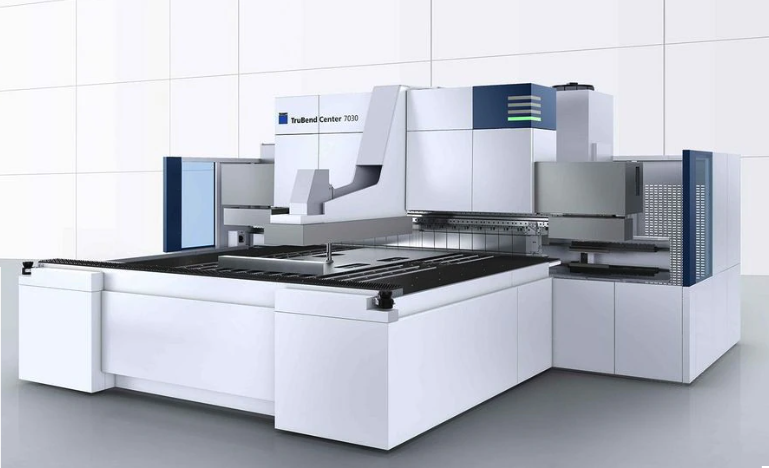
Accurate bend deductions are key to delivering high-quality sheet metal parts. To streamline your design process and ensure your parts are manufactured without delays, we’ve created easy-to-use bend deduction tables specifically for our shop’s equipment and processes. Follow the steps below to download the tables and import them into SolidWorks for a smoother production experience.
Bend deductions are essential calculations that account for material stretching and compression during the bending process. These values vary depending on the equipment and techniques used by different fabrication shops.
Using bend deductions that match our shop’s specifications is critical for both quoting and programming. If your design includes incorrect values, it can result in inaccurate flat patterns that we cannot manufacture without adjustment. While our in-house design and engineering team can correct these issues, doing so can extend both the quoting and production timelines.
We’ve made it easy to incorporate our accurate bend deductions into your SolidWorks designs. By using our tables, you’ll ensure that your parts are designed for seamless manufacturing at All Metals. Fill out the form below to download the tables, and see the next section for guidance on importing them into SolidWorks.
Incorporating these tables into your design process will not only enhance accuracy but also expedite production by ensuring that your parts are ready for manufacturing as soon as we receive your files.
1. You will need to copy the gauge tables to a specific location, or create your own.
2. In SolidWorks, go to "system options", "file locations", then using the dropdown menu select "sheet metal gauge table". This is where you will copy the gauge tables to, or you can add a path to anywhere that you would like to store the gauge tables.

3. To use the gauge table, create a sheetmetal part in SolidWorks, after you make your sketch, and you exit sketch you will get your base flange menu. In the sub menu "sheet metal gauges" you will need to check "use gauge table" then select the proper gauge table from the drop down menu.
4. Move down to the sub menu "sheet metal parameters". You will then have a drop down menu for the material thickness, and you will also have a drop down menu for the bending radius. Then you can exit the base flange menu. The bend deductions are automatically applied.
5. If the material thickness or the radius is not available, you will have to remove the gauge table and use conventional methods for manually entering the bend deduction and manually entering material thickness.

6. Adding subsequent flanges, you will have to manually enter the degree (defaults to 90°) the bend table will work for all angles of 90° and less. Anything over 90° will have to manually enter the bend deduction
These gauge tables are only for bends up to 90 degrees, but you can use these tables to calculate the proper bend deduction for almost all bends over 90 degrees:
1. Using Excel, open one of the All Metals Fabricating bend tables. In this example, we are using the aluminum table. You will find the given radii and material thicknesses listed in a format that allows SolidWorks to read the data. Bend deductions are listed in black. Find your corresponding bend deduction that would apply to the selected radius.
2. With your bend deduction selected and written down for the correct material thickness and radius, head to https://www.custompartnet.com/calculator/bend-allowance to input values into the calculator. In this example, the values would be:

Sheet thickness: (0.080 in)Bend radius: (0.063 in)Bend angle: (90.0 degree)3. Using these values, you will then need to change the (k-factor) until you get the bend deduction to come out to 0.130.

4. Now we can go back and change the angle to what we are needing ( 110°) which will give us a bend deduction) of .218.

5. Now we go to the flange and select its radius (inside or outside). Right click on the radius, select the edit feature in the top left icon.
.png)
6. This will bring up the Edge Bend menu. Check the box "Custom Bend Allowance" and then in the drop down menu change from "Gauge Table" to "Bend Deduction" then manually type in the bend deduction (.218).

At All Metals Fabricating, we understand that precision and efficiency are critical to the success of your metal fabrication projects. By providing bend deduction tables tailored to our equipment and processes, we aim to simplify your design process and help you avoid unnecessary delays.
As your trusted partner, we're here to ensure your parts are produced accurately and on time, every time. We encourage you to take advantage of all our resources and expertise.
Ready to get started? Submit a request for a quote today, and let’s work together to streamline your manufacturing needs.
